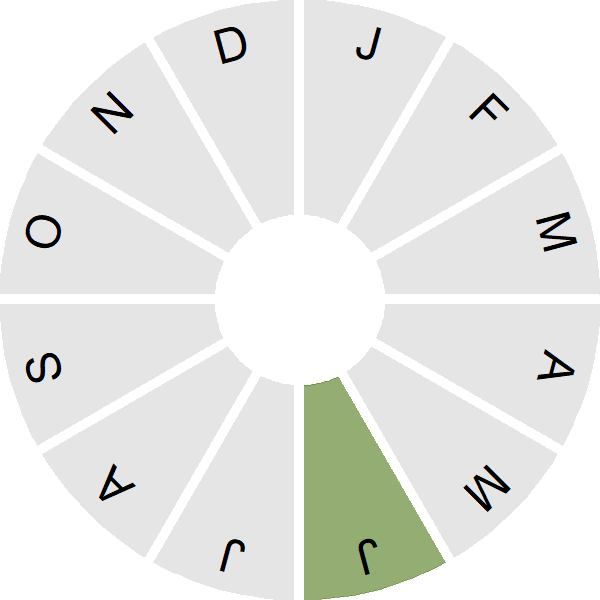Red-necked Stint
Introduction
Closely resembling a Little Stint, this small sandpiper normally migrates from breeding grounds in north-east Siberia to Australia; consequently this is an extremely rare visitor to Britain.
Key Stats
Status and Trends
Conservation Status
Population Size
Population Change
Population trends of this scarce species are not routinely monitored.
Distribution
This vagrant is too rarely reported to map distribution.
Distribution Change
This vagrant is too rarely reported to map distribution change.
Seasonality
Red-necked Stint is a rare vagrant.
Weekly pattern of occurrence
The graph shows when the species is present in the UK, with taller bars indicating a higher likelihood of encountering the species in appropriate regions and habitats.

Movement
Britain & Ireland movement
Biology
Survival and Longevity
Survival is shown as the proportion of birds surviving from one year to the next and is derived from bird ringing data. It can also be used to estimate how long birds typically live.
Classification, names and codes
Classification and Codes
- Order: Charadriiformes
- Family: Scolopacidae
- Scientific name: Calidris ruficollis
- Authority: Pallas, 1776
- Euring code number: 5000
Alternate species names
- Catalan: territ de gola roja
- Czech: jespák rudokrký
- Danish: Rødhalset Ryle
- Dutch: Roodkeelstrandloper
- Estonian: punakael-risla e. punakael-rüdi
- Finnish: rusokaulasirri
- French: Bécasseau à col roux
- German: Rotkehl-Strandläufer
- Hungarian: rozsdástorkú partfutó
- Icelandic: Roðatíta
- Italian: Gambecchio collorosso
- Latvian: sarkankakla šnibitis
- Lithuanian: rudakaklis begikas
- Norwegian: Rødstrupesnipe
- Polish: biegus rdzawoszyi
- Portuguese: pilrito-de-pescoço-ruivo
- Slovak: pobrežník cervenokrký
- Slovenian: rdecevrati prodnik
- Spanish: Correlimos cuellirrojo
- Swedish: rödhalsad snäppa

